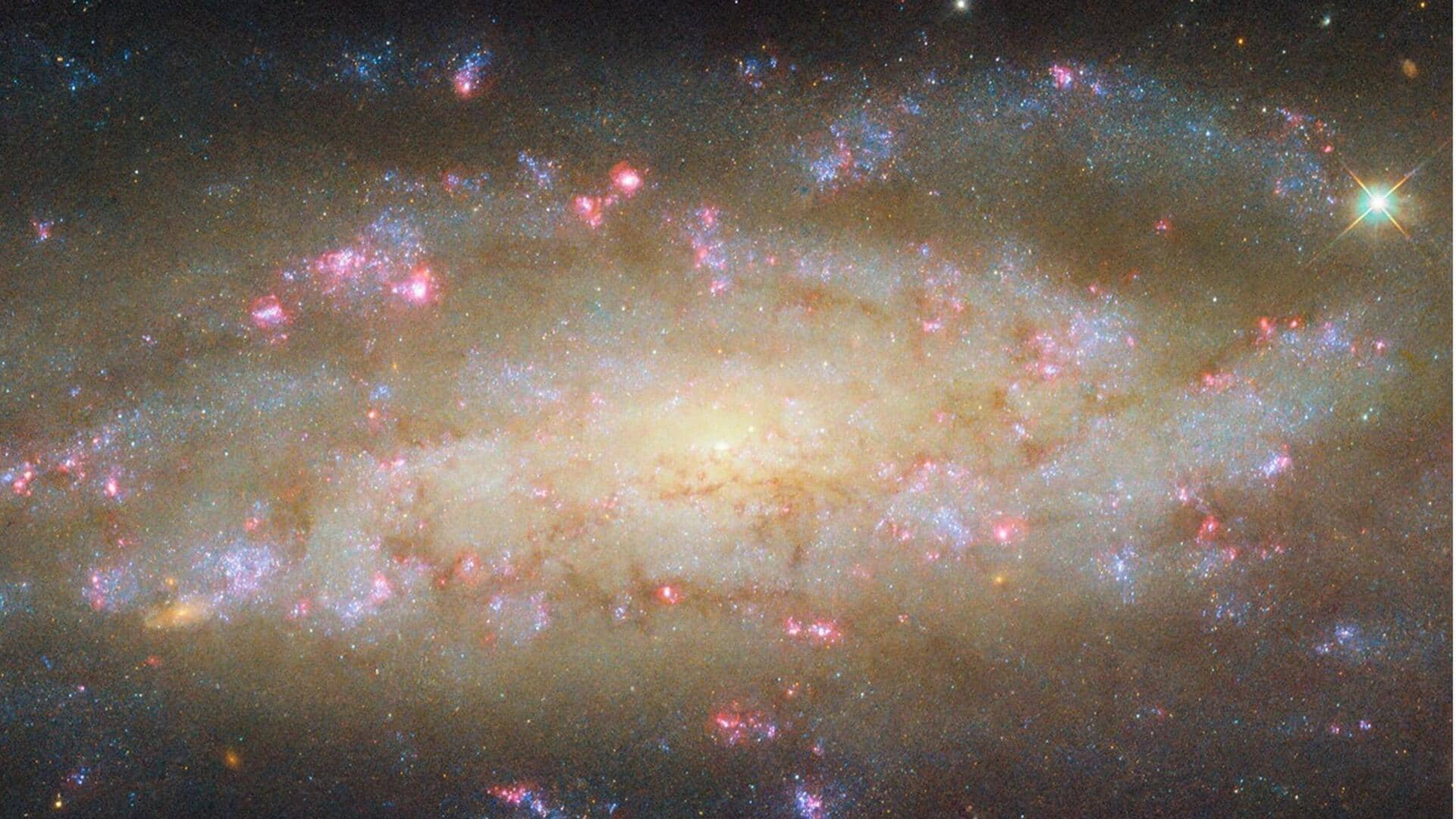Unveiling the Universe: Space Telescopes Transform How We Explore - Dive into the cosmic revolution!
The cosmos, our universe, has always been a source of wonder, no? For centuries, we looked up at the
night sky, trying to understand the twinkling stars and mysterious planets. But our view was limited because of Earth's atmosphere.

It's like trying to watch a cricket match through a foggy window – not very clear, is it? That's where space telescopes come in, changing everything, one image at a time.
These are like super-powered cameras floating above the Earth, giving us a crystal-clear view of things that are light-years away. Before these telescopes, scientists had to depend on ground-based observatories which have their own limitations.
Space telescopes provide clear images of galaxies and planets by escaping Earth's atmosphere
Think of it like this, you are trying to take a photo of a bird. On Earth, the air can be unstable, causing blur in the image. But what if you could lift the camera above the atmosphere, into space? Suddenly, you would get a much sharper picture. This is exactly what space telescopes do.

They escape the blurring effect of the atmosphere, allowing us to see distant galaxies, nebulae (clouds of gas and dust), and even planets orbiting other stars with remarkable clarity.
This clarity has opened up new possibilities for astronomical research, allowing scientists to study the universe in detail, leading to new discoveries.
Hubble Space Telescope revolutionizes astronomy since 1990
The Hubble Space Telescope, fondly called Hubble, has been a game-changer since it was launched in 1990. It's shown us breathtaking images of galaxies colliding, stars being born, and the remnants of exploded stars.

These pictures aren't just pretty to look at because, they also provide valuable data. By analysing the light captured by Hubble, astronomers can determine the age, distance, and composition of celestial objects.
This has helped us refine our understanding of the universe’s history and how structures like galaxies form and evolve over billions of years. It has become an icon of scientific achievement.
James Webb Space Telescope sees through dust to study early universe stars
More recently, the James Webb Space Telescope (JWST) started its work, and it's taking things to an even bigger level. Webb is designed to see infrared light, which is invisible to our eyes.

This is super useful because it allows us to see through clouds of dust and gas that obscure our view in visible light. It’s like having night vision goggles for the universe. This capability allows it to study the very first stars and galaxies that formed after the Big Bang.
Its instruments are extremely sensitive, meaning it can detect faint signals from some of the oldest and most distant objects in the universe.
Space telescopes study exoplanet atmospheres for signs of life
Because of space telescopes, we've learned amazing things about exoplanets – planets orbiting stars other than our Sun.

Scientists are using these telescopes to study the atmospheres of exoplanets, searching for signs of water or other molecules that could indicate habitability or even the presence of life.
This search is a major focus of modern astronomy, and space telescopes are at the forefront of this exciting endeavor. It offers possibilities regarding the search for life beyond Earth.
By analyzing exoplanet atmospheres, scientists can potentially identify biosignatures, which could indicate past or present life.
Future space telescopes advance cosmic understanding
The work of space telescopes is not finished. More advanced telescopes are being planned and developed, each designed to address specific mysteries of the universe.
These future observatories promise to push the boundaries of our understanding of the cosmos even further, revealing new insights into dark matter, dark energy, and the origin of the universe itself.
Space telescopes will continue to serve an important role in discovering wonders about our universe. They continue to offer a greater understanding of our universe, allowing the study of how celestial objects such as stars and planets come to be.
AI Generated Content. Glance/InMobi shall have no liability for the content











